Editor :
Est-Nord-Est, résidence d'artistes
Location :
Saint-Jean-Port-Joli
Year :
2022
Language :
French / English
Author :
Josianne Poirier
Artist and author
The natural landscape is a prominent feature in Andréanne Godin’s drawings, rendered as a diffuse and sublime presence with no sharp lines. In recent years, Godin has developed a technique in which she rubs dry pigment powders onto the surface of the paper. Forests, rivers, and cloudy skies emerge from a process of patiently accumulating layers of material. The unique affective atmosphere of these environments is reinforced by her monochrome palette, which establishes a shift in representation.
During her residency, Godin distanced herself from her usual way of working. To create a large fresco portraying an aurora borealis, as well as a smaller view of a rocky cliff, she used two primary colours: red and blue. This choice resulted from a constraint linked to experiments with changing illumination, developed in collaboration with lighting designer Karine Gauthier during her one-week stay at Est-Nord-Est. Depending on the colour of the light beams, the graphic elements appeared or disappeared on the paper or turned from festive to dramatic tones within moments. Composed to correspond to the transfiguration induced by the lights, the two drawings were therefore never presented in natural light. They were headed for an exhibition at the Oboro artist-run centre in spring 2022, where they were presented with an installation made of phosphorescent tree branches. From the middle branch, coated completely in blue pigments, a blue wave seems to spread toward the bark of other branches in the group and settle there, like moss.
In parallel with this corpus, Godin painted nine miniature gouaches that fit in the palm of a hand. The intimate format corresponded to the mode of circulation intended for these images: she would send them directly to thirteen artist friends (four paintings remain to be produced), without showing them in public first. They portray fragments of nature, drawn from her memories, in an attempt to establish a dialogue with Anne-Marie Proulx’s photobook Le jardin d’après.
Discover
Newsletter
Keep up to date with the latest news!
Follow us
© 2025 Est-Nord-Est
